The Vespa VXL 150 and Racing Sixties SXL 150 have been updated with a cleaner BS6 engine, a few new features, and plenty of the ’60s attitude.
Story: Sarmad Kadiri
Photographer: Sanjay Raikar
Perhaps, one of the most glamorous lot of scooters belongs to the Vespa brand. You just can’t help adore the retro-inspired styling with soft curves and vibrant colour options. Now, with cleaner BS6 engine options, they’ve become too much of a temptation.
Recently, we got our hands on not one but two of the updated 2020 Vespa flagships — the Vespa VXL 150 and the new Vespa Racing Sixties SXL 150 special edition. The big difference between the two is that while the VXL comes with a round headlamp, the SXL gets a more-distinct rectangular one, but remains identical mechanically. Inspired by the racing Vespa scooters of the swinging 1960s, the Racing Sixties looks ravishing in white body paint and with sporty red stripes, with contrasting golden alloy wheels. All the chrome bits on the standard variant come finished in black instead on this special edition, including the mirrors and headlamp bezel. It’s an absolute head-turner.
The Vespa VXL 150, on the other hand, looks more subtle, especially in this delicate powder blue shade. This elegant design with curvy body-panels with chrome accents looks straight out of the streets of Tuscany with top-class paint quality and fit and finish. But I do feel that both these great-looking scooters could do with slightly better built plastic switches. For 2020, both of them get full-LED headlamps, a USB charger, and an under-seat lamp. The space is good enough to fit an open-face helmet, plus there’s a storage box up front as well. The instrument console, however, remains retro with an analogue speedometer with a small digital display; the look like a fully digital screen is still some time away.
To meet BS6 norms, the engine is now fuel-injected (FI) but the displacement has gone down from 154 cc to 149 cc. Power output has also dropped marginally to 10.47 hp and 10.6 Nm. This, thankfully, isn’t visible while riding the scooters, as they feel almost as spirited to ride as before and retain the sporty exhaust note. However, don’t expect them to offer explosive performance as their Aprilia siblings. The Vespa scooters are now more intuitive to the throttle input and feel more refined than before. (Also Read: Aprilia Storm 125 Review)
There’s no change in the mechanicals as they remain based on a monocoque chassis, with an 11-inch front wheel with a single-sided link-type suspension while the rear gets a 10-inch wheel with a monoshock. Ride is still on the firmer side, giving the Vespa nimble handling that goes well with the sporty theme. But this results in a stiff ride quality which the pillion might not be too pleased about. The front disc with rear drum combination with a single-channel ABS sheds speed without locking up the wheels, but the set-up leaves the rider wanting for more feel and bite.
When you walk into a Vespa showroom, you are already prepared to pay a premium price. So, the Rs 1.34 lakh for the Racing Sixties edition and the Rs 1.23 lakh asking price of the VXL 150 BS6 (both ex-showroom) might not come as a big shock. Just to get a perspective, an average 125-cc scooter from competition costs about Rs 50,000 less. In spite of paying about 40 per cent more, the Vespas miss out on some industry-standard features like external fuel-filler cap, fully digital display or even a parking brake. But they offer retro styling, luscious paint quality, a bigger 150-cc heart and an unmistakable Italian flair. (Also Read: BS6 Honda Grazia Launched)

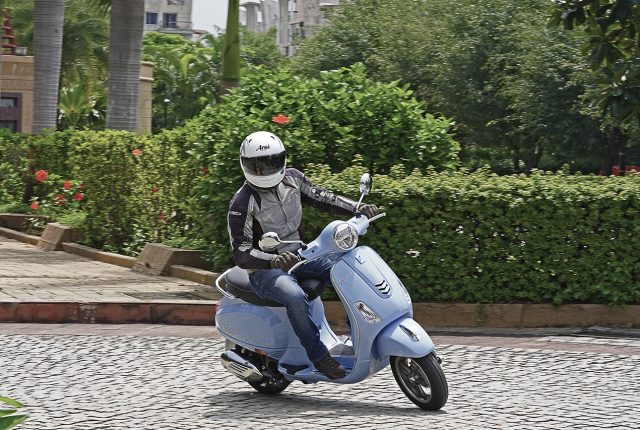
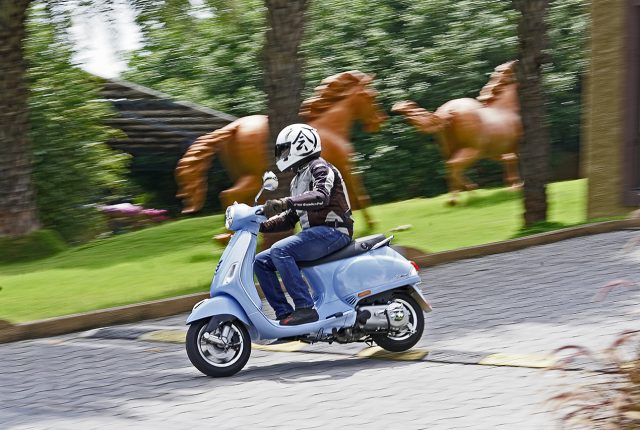
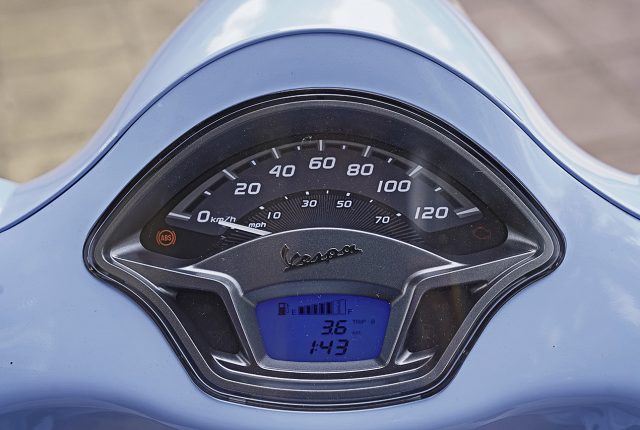
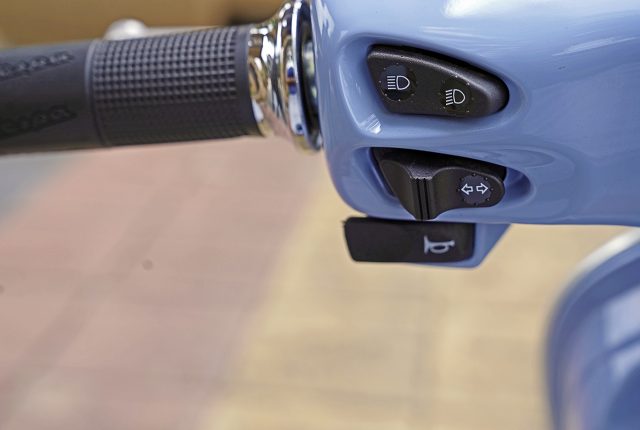
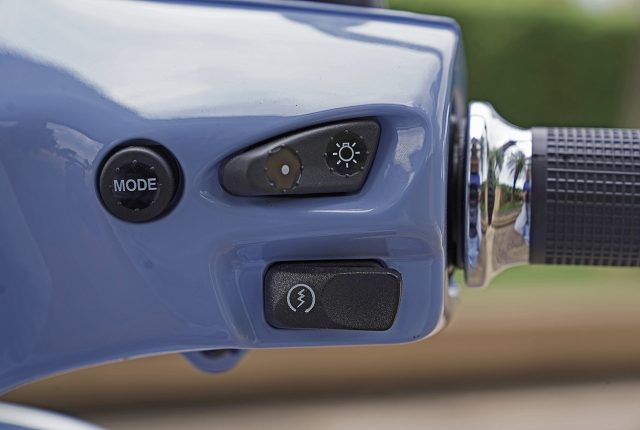
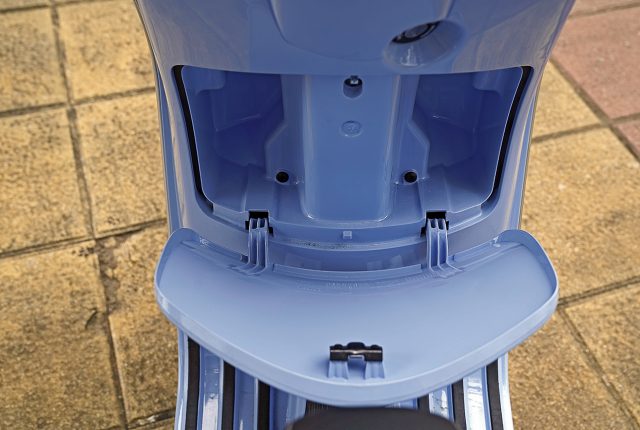
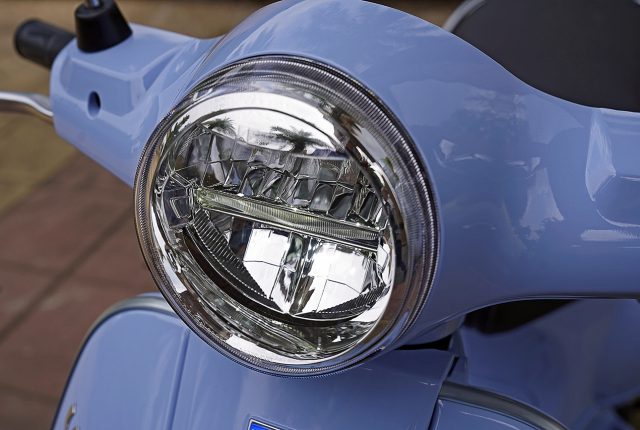
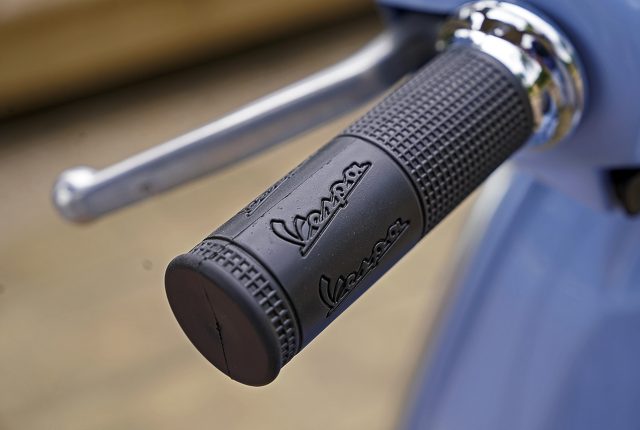
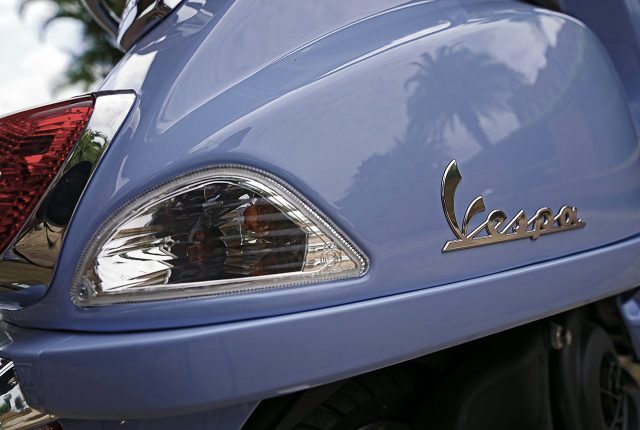
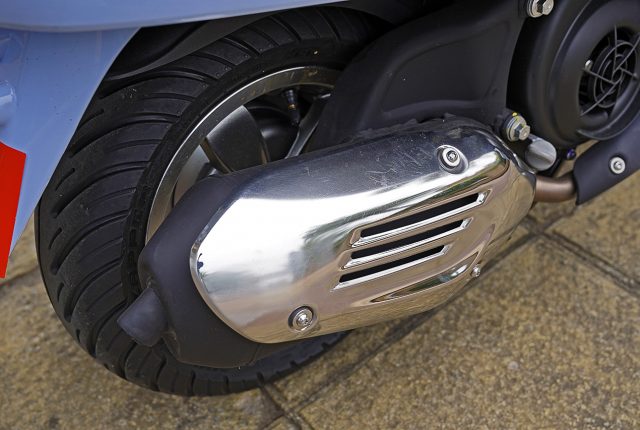
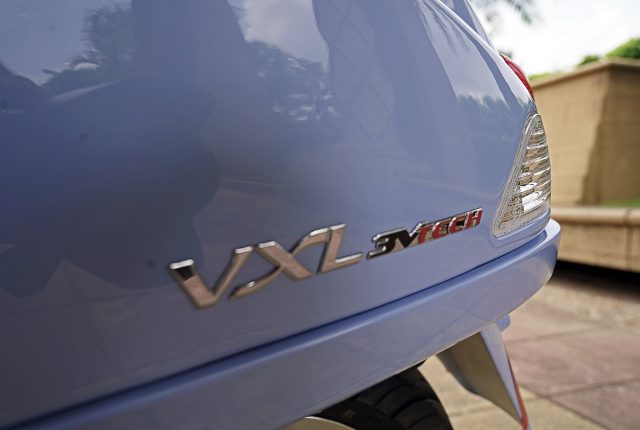
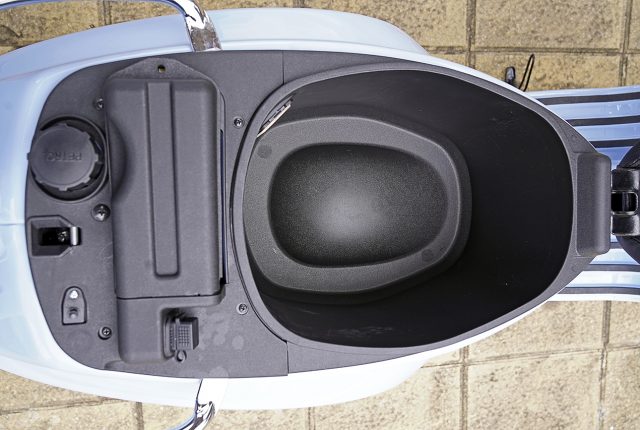
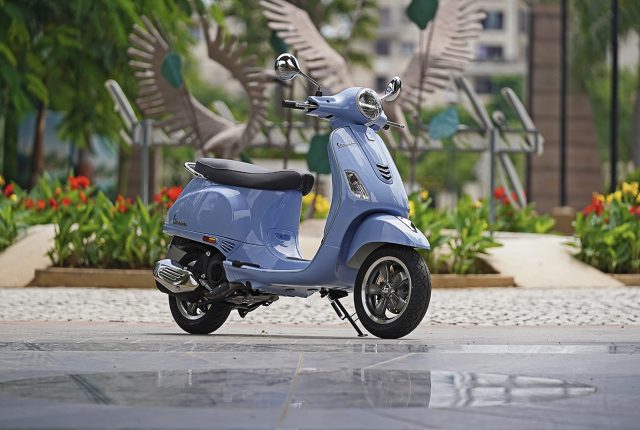
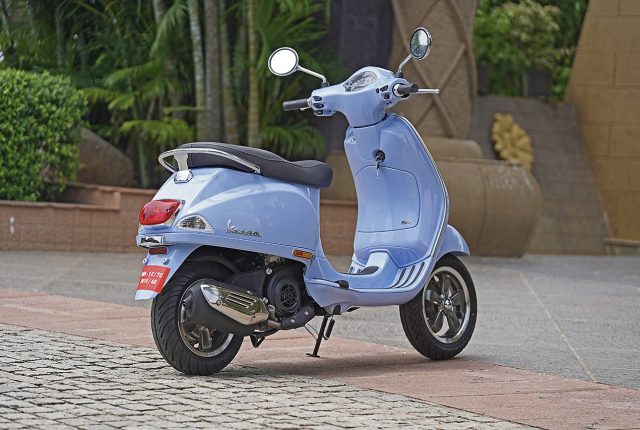
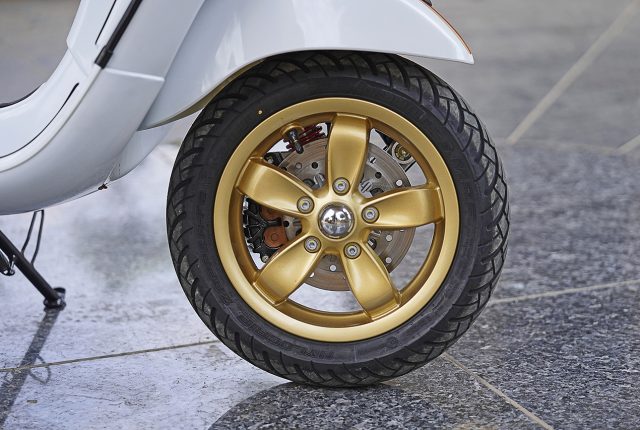
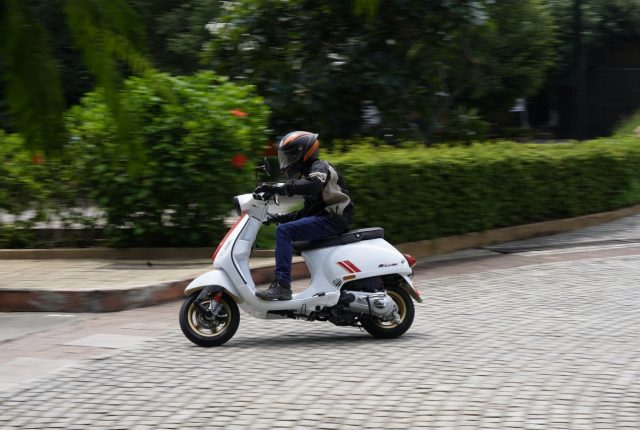
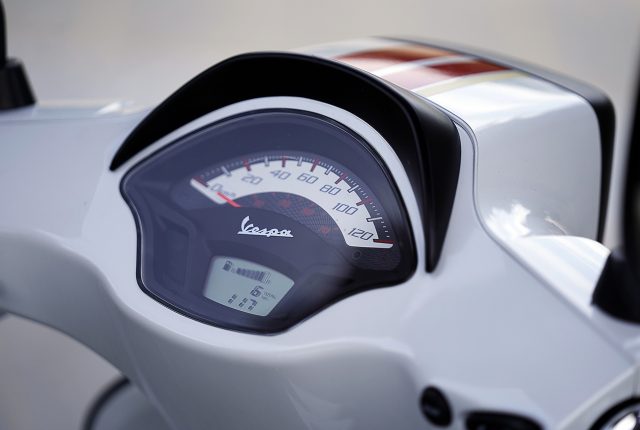
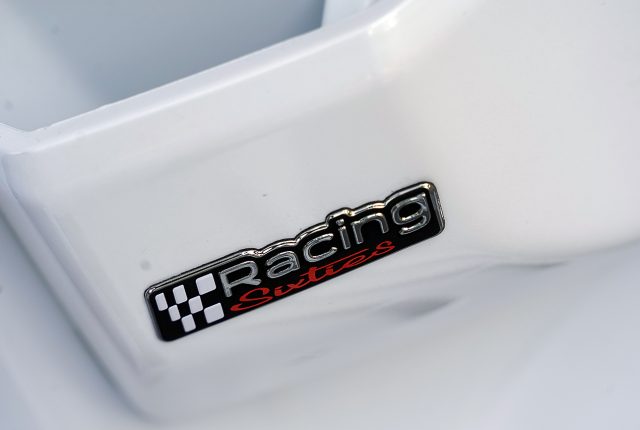
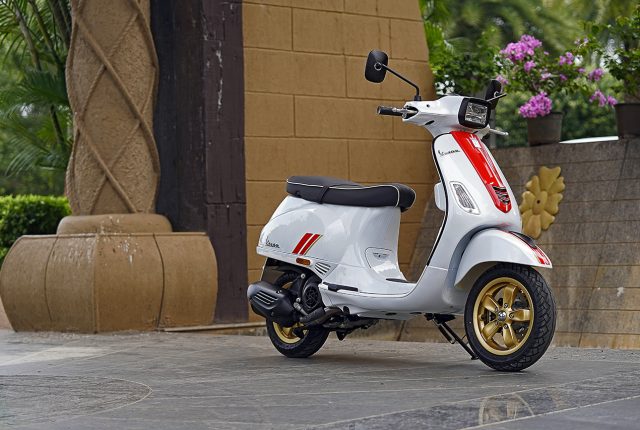

Leave a Reply